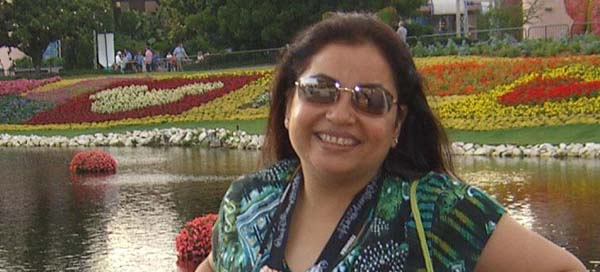 PHOTO: Items owned by Mahatma Gandhi on display before being auctioned in New York on Thursday. — Reuters
PHOTO: Items owned by Mahatma Gandhi on display before being auctioned in New York on Thursday. — Reuters
Liquor baron wins over Gandhi BY Ashish Kumar Sen/Vibha Sharma
Washington/New Delhi, March 6 Footprints
Sandals were given to a British army officer in Aden in 1931 The dinner bowl and pocket watch believed to have been given to niece and personal secretary Abha The rimmed spectacles were probably given to the Nawab of Junagadh Surprise Bidder
Former Test cricketer Dilip Rasiklal Doshi Based in UK, Doshi’s company Entrack trades in international brands like Mont Blanc Successful Bidder
Liquor baron Vijay Mallya, also the owner of Kingfisher Airlines Mallya’s United Breweries is believed to have lost 79 pc of its market value since Sept 2007
IN an ironical twist, it was left to liquor baron Vijay Mallya to bid over Rs. 10 crore ( $2 million), which includes the commission to be paid to the auction house in New York, to buy the lot of personal belongings of Mahatma Gandhi that were put on auction by Los Angeles-based filmmaker and pacifist, James Otis. Mallya, who had at an earlier auction in London paid Rs. 4 crore for the sword of Tipu Sultan, yesterday paid two and a half times that amount to take home a pair of sandals, a Zenith pocket watch, a plate, bowl and the spectacles that Mahatma Gandhi is claimed to have used. The irony was not lost on people because the Mahatma considered consumption of alcohol to be a major social evil and had consistently urged for a ban on drinking. In deference to the Mahatma, the Indian Constitution carries the goal of Prohibition as a directive principle of state policy. Mallya, who was in France and kept in constant touch with his representative in the US, Tony Bedi, contradicted union minister Ambika Soni and claimed that his bid was not prompted by the Government of India or Indian officials. Speaking to a TV channel, Mallya held that he was emotionally satisfied at successfully retrieving the personal belongings of the Mahatma. “ We have been able to procure them through Vijay Mallya, who was in touch with us,” said an elated Soni, minister of culture in Dr. Manmohan Singh’s government. India could not have directly taken part in the auction as there was a restraining order of the Delhi High Court, she explained. While Bedi told The Tribune that the personal items could be sold to the Government of India, if it wanted to pay for them, Mallya indicated his plan to gift them to the government. He wanted the items to be displayed in a museum in either Bangaluru or Mysore. In a will prepared apparently in February, 1940, the Mahatma had declared Ahmedabad-based Navjivan Trust, founded by him in 1929, to be his heirs. “ While I do think I have any property, anything which by social convention or law is considered mine, I endow to the Navjivan Institution,” reads part of the will, claimed Managing Trustee Jitendra Desai. He had no clue as to the authenticity of the items or how they found their way into the possession of Otis. The spectacles and the watch, however, bore striking resemblance to the ones used by the Mahatma, he said in Ahmedabad. Bedi told The Tribune, “ My instructions were clear. I was not to lose this auction to a foreign bidder under any circumstances.” Initially Mallya had put a cap on what Bedi could bid. But later, recalled Bedi, Mallya pulled out all stops. New York hotelier Sant Singh Chatwal had earlier expressed an interest in bidding for the collection. But Bedi apparently told him that it would then be Chatwal’s responsibility to win the auction and pay for the items to be shipped to India. Watch director and auctioneer Julien Schaerer, told The Tribune that he had detected a more than usual interest in the auction from the Indian American community. This was possibly due to the fact that Gandhi was a man of few worldly possessions. CREDIT TRIBUNE NEWS SERVICE





